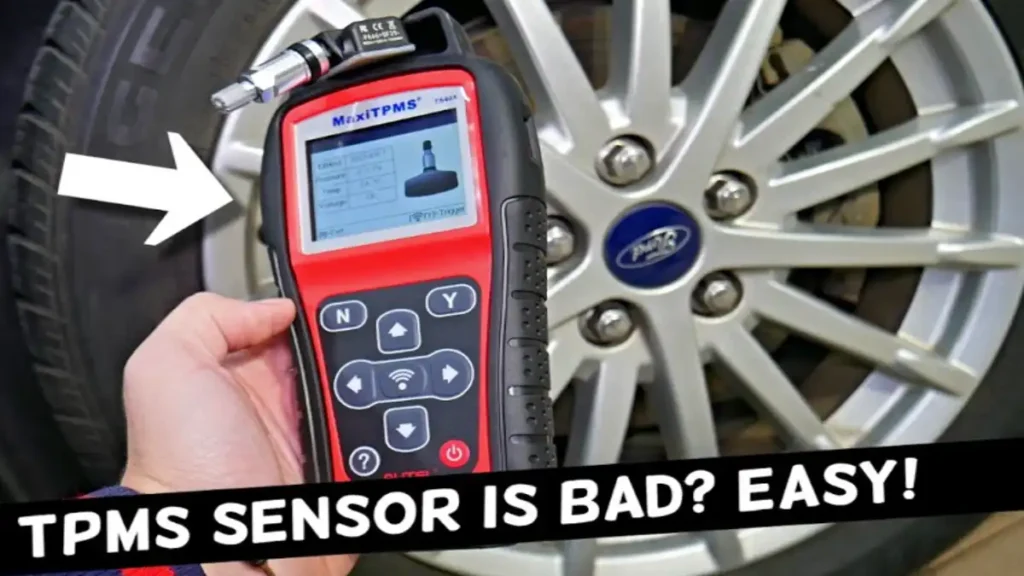Determining which Tire Pressure Monitoring System (TPMS) sensor is faulty in your Lexus involves a systematic process. A TPMS sensor is responsible for transmitting tire pressure data to the vehicle’s onboard computer. When a sensor is malfunctioning or its battery is depleted, it can trigger the TPMS warning light on your dashboard. Here’s how you can identify which TPMS sensor is bad in your Lexus:

Method 1: Using a TPMS Tool
- Acquire a TPMS Tool: Purchase or borrow a TPMS tool. This device allows you to communicate with the TPMS sensors and read their data.
- Ensure Proper Tire Inflation: Before using the tool, ensure all tires are properly inflated according to the manufacturer’s recommendations.
- Plug in the TPMS Tool: Insert the TPMS tool’s connector into the vehicle’s OBD-II port, typically located beneath the dashboard near the steering column.
- Turn on the Ignition: Turn the ignition to the “ON” position without starting the engine. This powers up the vehicle’s systems, including the TPMS.
- Access TPMS Menu: Depending on the specific TPMS tool, navigate to the TPMS menu or mode. Follow the tool’s instructions for this step.
- Activate Sensors: Some TPMS tools require you to activate each sensor one by one. This is usually done by selecting the sensor activation option and following the on-screen prompts. You might need to physically trigger the sensors using a magnet or other methods.
- Identify the Problematic Sensor: As you activate each sensor, the tool should display the corresponding tire’s pressure reading. If a sensor is faulty, it might not display any reading or provide incorrect data. Compare the readings to the recommended tire pressure to identify the problematic sensor.
- Replace the Faulty Sensor: Once you’ve pinpointed the faulty sensor, you can replace it with a new one. Consult your vehicle’s manual or a mechanic for information on compatible TPMS sensors for your Lexus model.
Method 2: Professional Assistance
If you’re uncomfortable with using a TPMS tool or if the issue is complex, seeking help from a professional mechanic or an automotive service center is advisable. They have the expertise and specialized equipment to accurately diagnose TPMS problems and identify the faulty sensor.
Remember that if you’re replacing a TPMS sensor, it’s a good practice to replace the sensor’s valve stem and the associated sealing components as well. This helps prevent future leaks and ensures the system works optimally.
Keep in mind that TPMS tools and methods can vary based on the vehicle’s make and model, as well as the specific tool you’re using. Always refer to your vehicle’s manual and the tool’s instructions for precise guidance. If you’re unsure, seeking professional assistance is a reliable approach to resolving TPMS sensor issues in your Lexus.

